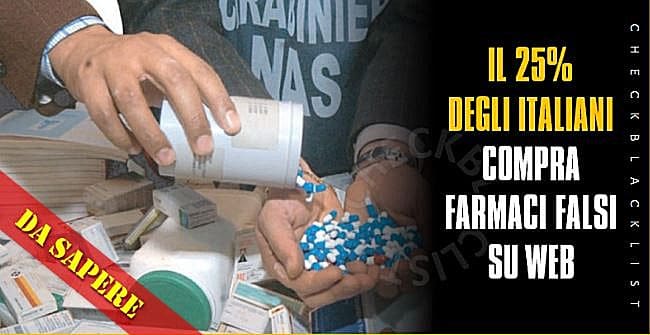Il business della contraffazione vale 200 miliardi di dollari all’anno. Secondo uno studio Ocse, tra il 2002 e il 2015 il numero di eventi criminosi è salito di 15 volte. Vella (Aifa): “In Italia però pochissimi casi”
A growing phenomenon
By 2002, according to the Pharmaceutical Security Institute cited in the study, they had been registered 196 criminal events related to forgery, illegal trade or theft of drugs. In 2014, on the other hand, there was a surge with a figure more than eleven times higher (2,177 events) and in 2015 more than 15 times higher (3,002 events). Worrying are not only the numbers but also the ways in which medicines are counterfeited.
Study numbers
According to the study, in fact, the 32% of the counterfeit drugs analyzed does not contain any active ingredient, the 20% contains incorrect quantities, the 21.4% is composed with wrong ingredients, the 8.5% contains high levels of impurities and contaminants. Finally, the 15.6% in these products has the correct amounts of active ingredients but fake packaging.
Second Dominic Di Giorgio, head of the Inspection and Certification Department of theItalian Medicines Agency, without forgetting the economic impact it has on pharmaceutical companies, the phenomenon is also and above all a serious public health problem that puts human lives at risk.
…and undermines trust in the healthcare system and the supply chain
Counterfeiting, explained Di Giorgio during a workshop on the subject organized by Antares Vision, a company that develops inspection, tracking and data management solutions, "causes direct harm to patients". In addition, added the Aifa executive, “it undermines trust in the healthcare system and in the entire pharmaceutical and healthcare supply chain made up of producers, distributors, pharmacists, doctors, private organizations and governments. International organizations dedicated to combating crime in the pharmaceutical sector have long considered this problem as one of the most serious emergencies to deal with".
Entry through alternative channels
So much so that, according to Di Giorgio, in the last 5 years “significant episodes have been recorded. And these have caused numerous victims all over the world, and which in some cases have also led to many arrests in Italy”. It is very difficult to get illegal drugs into the legal supply chain and pharmacies. Yet, these products “at least in Italy, however, they find alternative distribution channels such as, for example, sex shops, gyms and beauty centres”. Or through websites that “promote and sell uncontrolled products. And these end users are consumers who are unaware of the dangers and potential serious and sometimes fatal side effects associated with taking these products”.
For Stephen Vella, president of Aifa, in Italy there are however “very few cases of counterfeiting of medicines. There is a black market in erectile dysfunction pills. And even more than drugs used for doping such as anabolic steroids. In percentage terms, however, we are below 0.1%”. Because, continues Vella, "drugs are tracked and we have a national health system, which allows everyone access to essential medicines".
